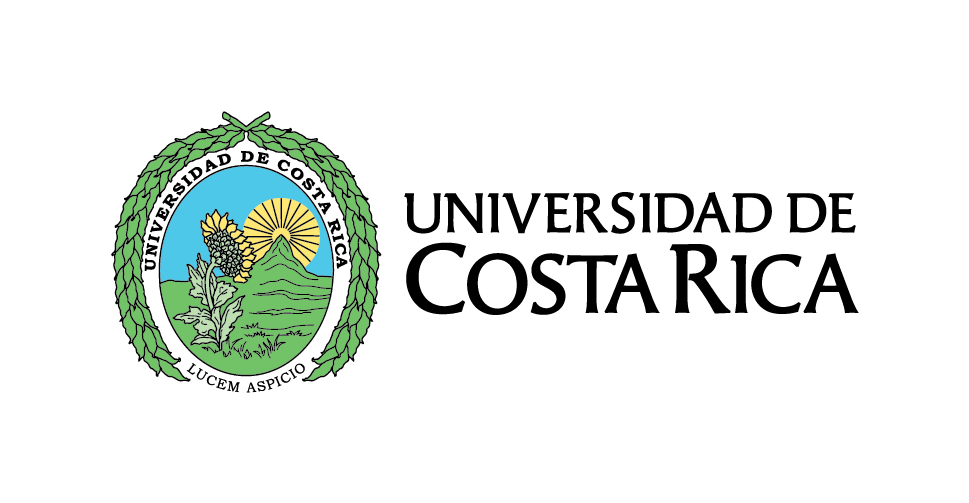Modelos de frecuencia de choques para segmentos e intersecciones: Ruta 34 en Costa Rica
The National Route 34 has a great relevance at national and international level because it allows crossing Costa Rica from border to border, without entering at the metropolitan area. Unlike previous studies, for the first time for a corridor in Costa Rica, models were made for segments and intersec...
保存先:
| 主要な著者: | , |
|---|---|
| フォーマット: | Online |
| 言語: | spa |
| 出版事項: |
Universidad de Costa Rica
2017
|
| 主題: | |
| オンライン・アクセス: | https://revistas.ucr.ac.cr/index.php/ingenieria/article/view/31071 |
| タグ: |
タグ追加
タグなし, このレコードへの初めてのタグを付けませんか!
|
| 要約: | The National Route 34 has a great relevance at national and international level because it allows crossing Costa Rica from border to border, without entering at the metropolitan area. Unlike previous studies, for the first time for a corridor in Costa Rica, models were made for segments and intersections simultaneously. This project includes countermeasures for the 16 segments and 11 intersections with greater expected crash frequency.The oadway safety management process indicated in the 2010 Highway Safety Manual was used in this investigation. The first three steps of the process were developed: network screening, diagnosis and selection of countermeasures. To perform the analysis, the method of expected crash frequency with empirical Bayes adjustment was used because the accuracy differs from other methods that considered data availability, regression-to-the-mean bias, and how the performance threshold is established.One of the main problems found on this road is the absence of facilities for pedestrians and cyclists as well as problems with access management, shoulder width, speed and design of intersections. |
|---|

